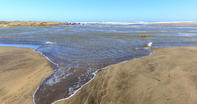Fred Cornell
In the early part of the 20th century, several prospectors picked their way along the north-west South African coastline, looking for anything that glittered. Fred Cornell was the best known of this generation of fortune-seekers.
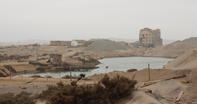
He spent 20 years in South Africa and his wanderings took him through most of Namaqualand, the Richtersveld and Namibia. As he went, he kept his eyes open for gold, copper and diamonds, but he didn’t report any significant finds. Instead, he wrote a book, called ‘The Glamour of Prospecting’, which was very popular.
Some say that Cornell did indeed find diamonds but kept it a secret. And, it does seem hard to believe that he could spend so much time in the area and not stumble across at least one. However, many others had come before Cornell and similarly failed to discover anything.
In any event, Cornell served with honour in World War 1 and returned to England to receive an award from the Royal Geographical Society for his work. Sadly, while in London, he died in a motorcycle accident, in 1921.
Jack Carstens
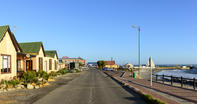
It was only with Jack Carstens’ discovery of a diamond in 1925 that the ball really got rolling. Carstens was from Port Nolloth, the son of a storekeeper who was also the local Reuters correspondent. One day, Jack was exploring the Oubeep farm, south of the port, when he picked up a shiny lump of rock.
News of this, the first diamond found on the Namaqualand coast, spread fast thanks to his father’s newspaper connections, and the hunt was on. Soon, dozens of treasure hunters headed up to Port Nolloth to see what they could uncover.
Robert Kennedy
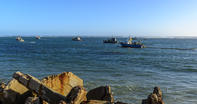
The Teacher
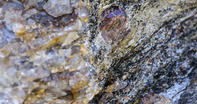
Solomon Rabinowitz
